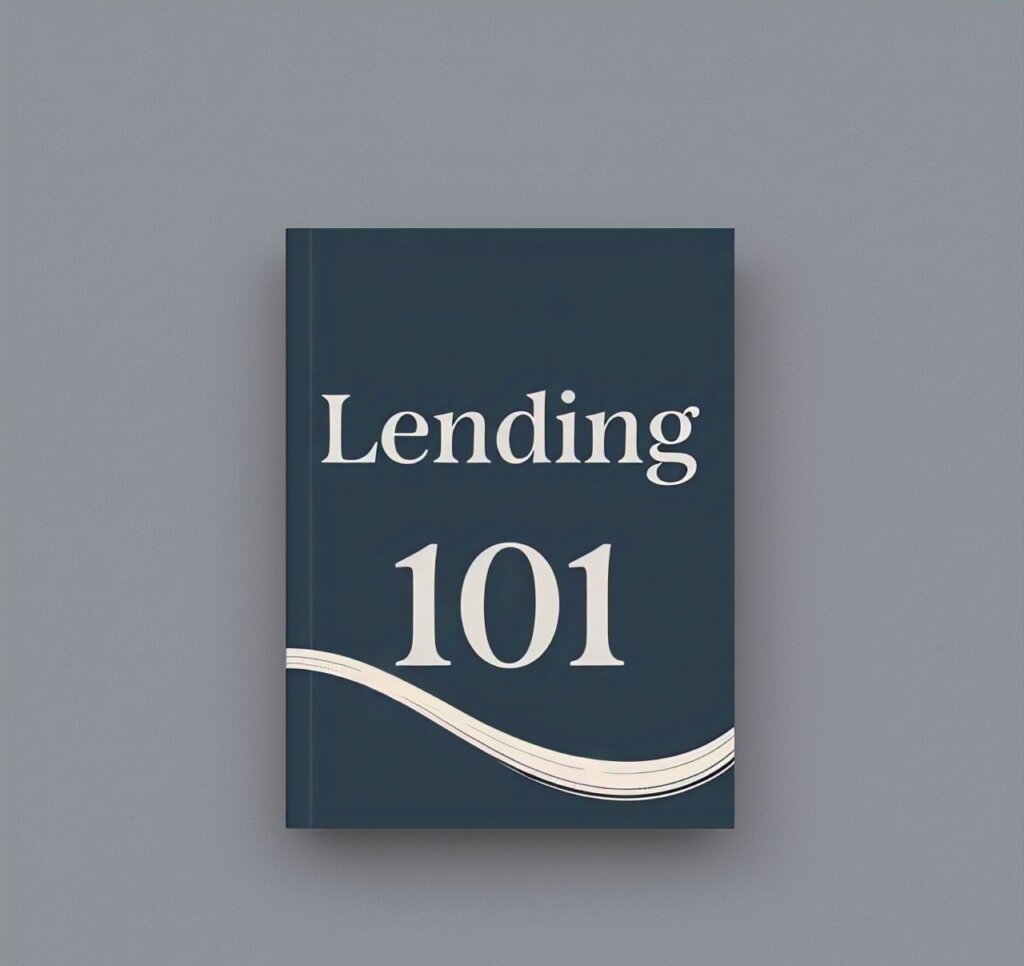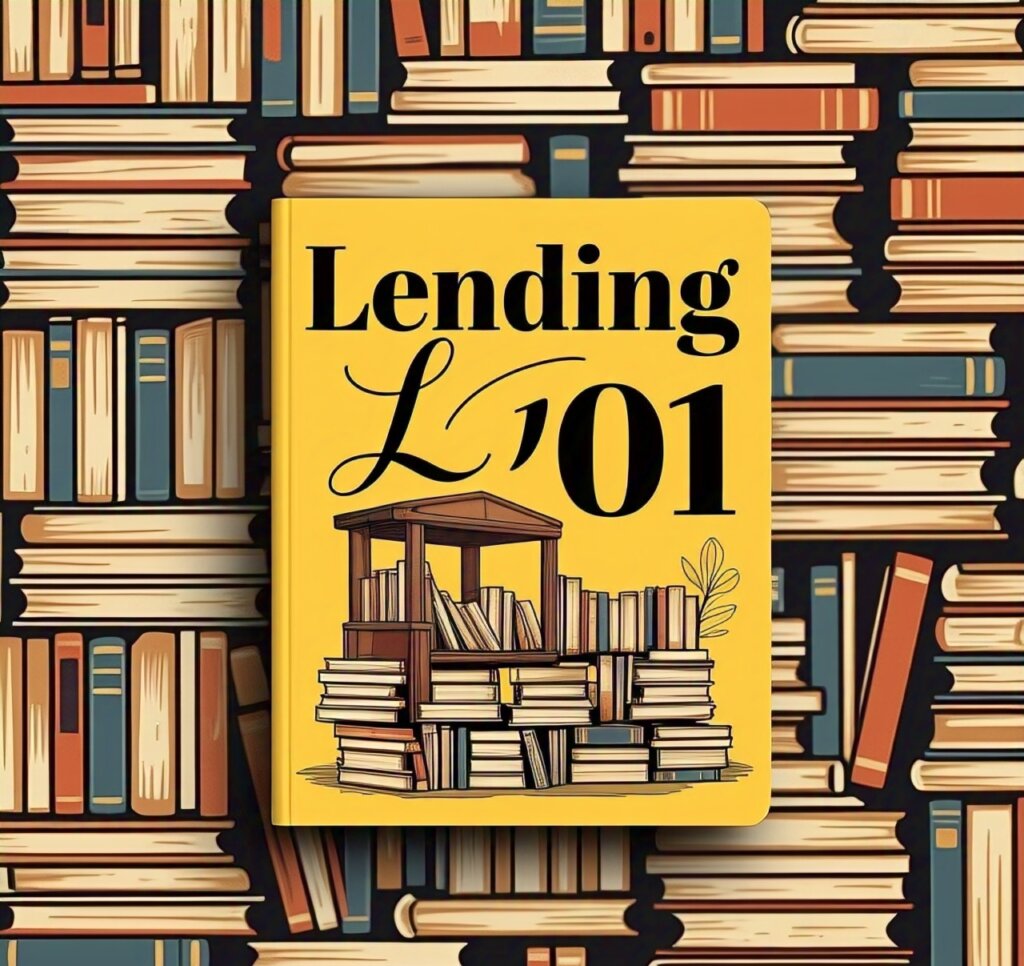A Safe Way to Grow Your Wealth Through Real Estate
When most people think of real estate investing, they picture owning rental properties or flipping homes. But there’s another powerful, low-hassle strategy growing in popularity: private real estate lending.
Private lending allows you to generate predictable income while skipping the headaches of owning or managing property. You essentially become the bank—loaning money to real estate investors and collecting interest, backed by real property as collateral.
In this in-depth post, we’ll cover everything you need to know to get started:
What private lending is and how it works
Why it’s one of the safest ways to invest in real estate
How to structure your loans
Where to find qualified borrowers
Common red flags to avoid
How much money do you need to start
Let’s dive into Private Lending 101 and help you turn your savings into a steady stream of secured, passive income. This type of lending usually outperforms the stock market.

What Is Private Real Estate Lending?
Private lending is the process of loaning your personal capital to a real estate investor—typically for the purchase and/or renovation of a property—in exchange for a fixed return, usually between 8% and 12% annually.
It’s a form of asset-backed lending, which means your loan is secured by the real estate itself, just like a bank loan would be.
If the borrower fails to repay, you have the right to foreclose on the property.
Unlike rentals, there are no tenants, no broken toilets, and no 2 a.m. phone calls. Your role is strictly financial: provide capital, collect interest, and enforce your agreement.
Why More Investors Are Becoming Private Lenders
The appeal of private lending in 2025 is obvious:
Consistent income: Monthly or quarterly payments
Security: Your loan is recorded against a real asset
Hands-off investing: No property management or maintenance
Flexibility: Choose your borrowers, rates, and terms
Scalability: Easily repeat deals with trusted operators
It’s a great fit for:
Retirees looking for stable income
Busy professionals who want to diversify
Aspiring investors who want to learn the business before flipping or owning rentals
Parents who want to create legacy wealth without taking on high risk
The Private Lending Process (Step-by-Step)
Here’s how a typical private lending deal works:
1. Find a Borrower

Connect with real estate investors or rehabbers looking for capital. These borrowers are often unable or unwilling to use traditional banks due to the speed, condition of the property, or red tape.
2. Evaluate the Deal
You review the property’s numbers:
Purchase price
Repair costs
After-repair value (ARV)
Exit strategy (flip, refinance, rent)
The goal: make sure there’s enough equity to protect your loan.
3. Negotiate Terms
Agree on:
Loan amount (often 65–75% of ARV)
Interest rate (typically 8–12%)
Duration (6–12 months)
Payment schedule (monthly, interest-only, balloon)
Collateral (property lien)
4. Legal Documentation
Use an attorney or title company to draft:
Promissory Note
Deed of Trust or Mortgage
Assignment of Rents (optional)
Close through a title company to ensure your lien is recorded.
5. Receive Payments
Borrower begins making scheduled payments. You receive interest monthly and the return of your principal when the property sells or is refinanced.

How to Vet a Borrower (And Deal)
Smart private lenders don’t just fund deals—they underwrite them. Here’s what to review:
Borrower Checklist
Experience (number of past flips or rentals)
References (contractors, title companies, lenders)
Credit score (if relevant)
Past litigation or foreclosures
Business entity (LLC vs. personal)
Deal Checklist
Purchase price vs. comps
Renovation scope and timeline
Estimated resale or refinance value
Total investment vs. projected profit
If the borrower has no skin in the game, weak exit strategy, or unrealistic numbers—walk away.
Common Loan Structures
There are several ways to structure your lending deals, each with different risk and reward levels:
A. Interest-Only Loan
Monthly interest payments
Balloon payment at the end
Best for flips with quick exits
B. Deferred Payment Loan
No payments during the term
Lump sum at sale or refinance
More risk, but good for distressed deals
C. Preferred Return + Equity
Guaranteed return (e.g., 10%)
Share in upside beyond that
Requires detailed agreement, ideal for high-trust borrowers
Most first-time lenders stick with simple, interest-only loans to keep things clean and enforceable.
Case Study: How Lisa Earned 11% Safely
Lisa had $90,000 in a CD earning 1.5%. She moved it into a private loan with a local flipper needing capital to purchase and renovate a home.
The deal:
$85,000 loan for purchase and rehab
11% annual interest, paid monthly ($779/month)
Term: 9 months
Collateral: First-position mortgage on the home
The house sold in 7 months. Lisa earned $6,237 in interest—over four times what her CD would’ve produced.
Best part? She’s since done five more deals with the same borrower.

What Happens If the Borrower Defaults?
The biggest fear of new lenders is “What if they don’t pay?” That’s where your paperwork and protections matter most.
If the borrower stops paying:
You issue a default notice.
You pursue foreclosure (based on your state laws).
You take ownership or force a sale.
To reduce the odds of this happening:
Vet thoroughly
Require personal guarantees
Keep LTV under 70%
Monitor the project with regular updates
With solid legal documents, you’re protected. You’re not “giving money”—you’re making a secured investment.
How Much Money Do You Need to Start?
Private lending is more accessible than people think. Many first-time lenders start with $50K to $100K.
You can also pool funds with others, invest through retirement accounts (using a Self-Directed IRA), or partner with experienced lenders to learn the ropes.
And as you get comfortable, you can scale by:
Lending on multiple deals
Reinvesting interest
Creating a personal lending fund or LLC
Where to Find Deals
Finding trustworthy borrowers is key. Start by networking:
Local real estate meetups (REIAs)
Title companies and attorneys
Realtors who work with investors
Social media groups focused on real estate
Online deal platforms (with due diligence)
Always verify past deals and speak to previous lenders if possible.
Red Flags to Avoid
No signed agreement or legal protection
Borrower wants to “skip title company”
Inflated ARV or repair estimates
Unclear use of funds or exit plan
Pressure to “decide today”
Slow is smooth, and smooth is fast. Don’t rush deals. Your money deserves precision.
Final Thoughts: Safe, Scalable, and Smart
Private lending isn’t a fringe strategy anymore. It’s a growing pillar of real estate wealth-building, especially in uncertain times.
You:
Control your terms
Choose your partners
Avoid property headaches
Grow predictable income
If you’re looking for a low-stress, secured, and scalable way to earn money from real estate—this is it.
Private lending is how you grow your wealth without tenants, tools, or turnover.
Start small. Learn smart. Lend safely.

I hope you have learned from this series, watch for our next post,” 5 Things to Know Before You Lend Money on Real Estate Deals”
If you didn’t happen to see the other education post before this: click here!
